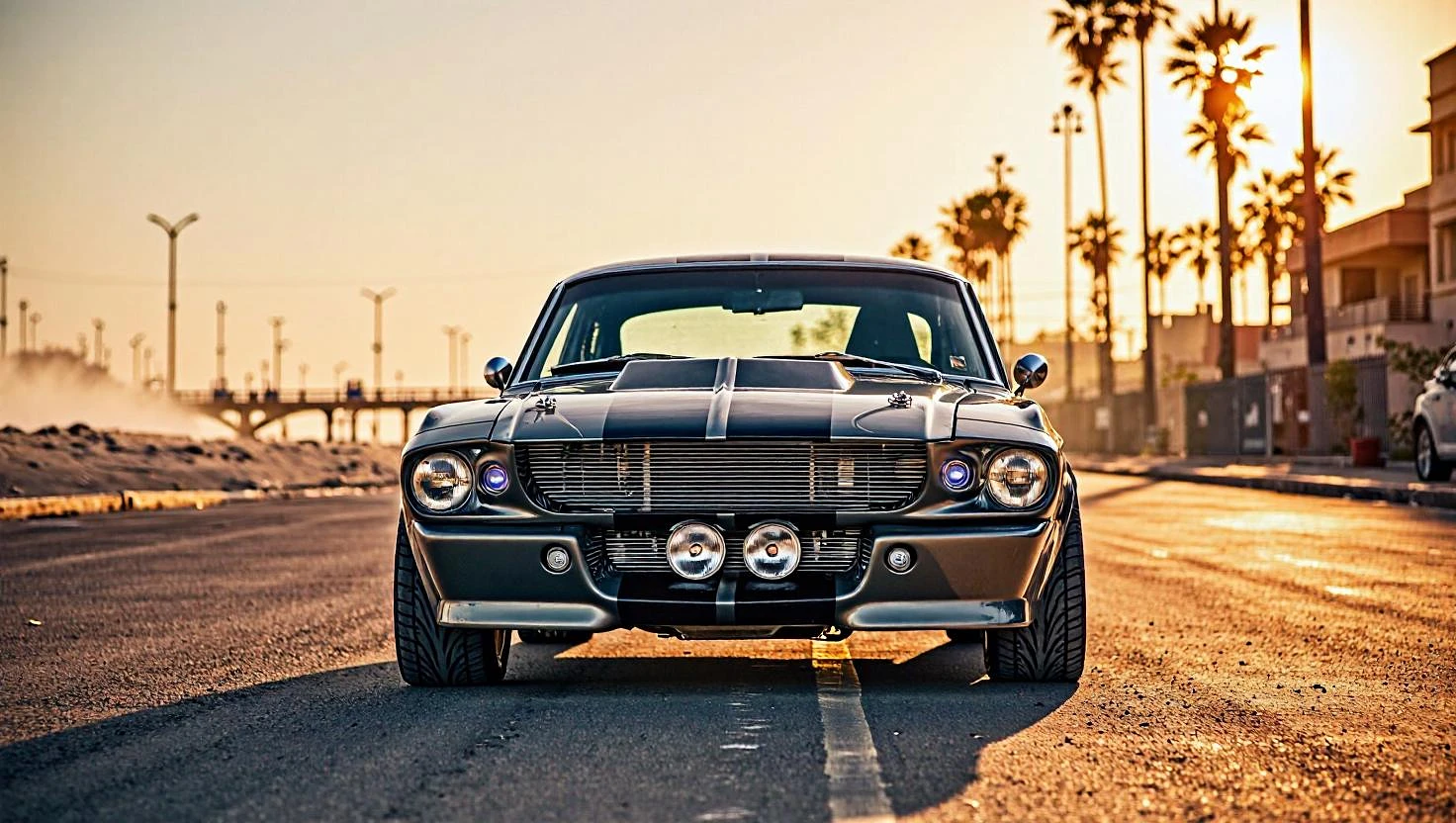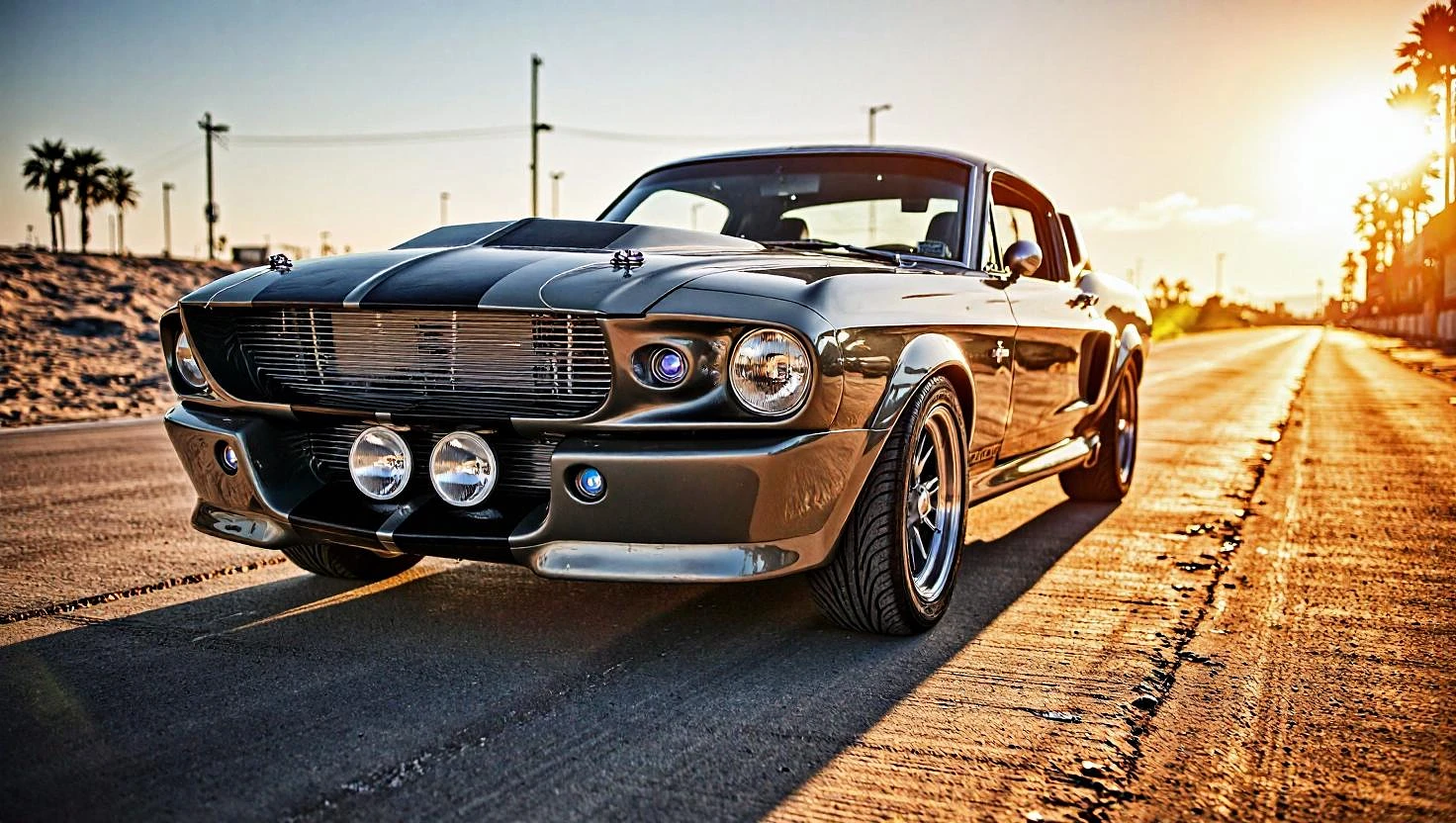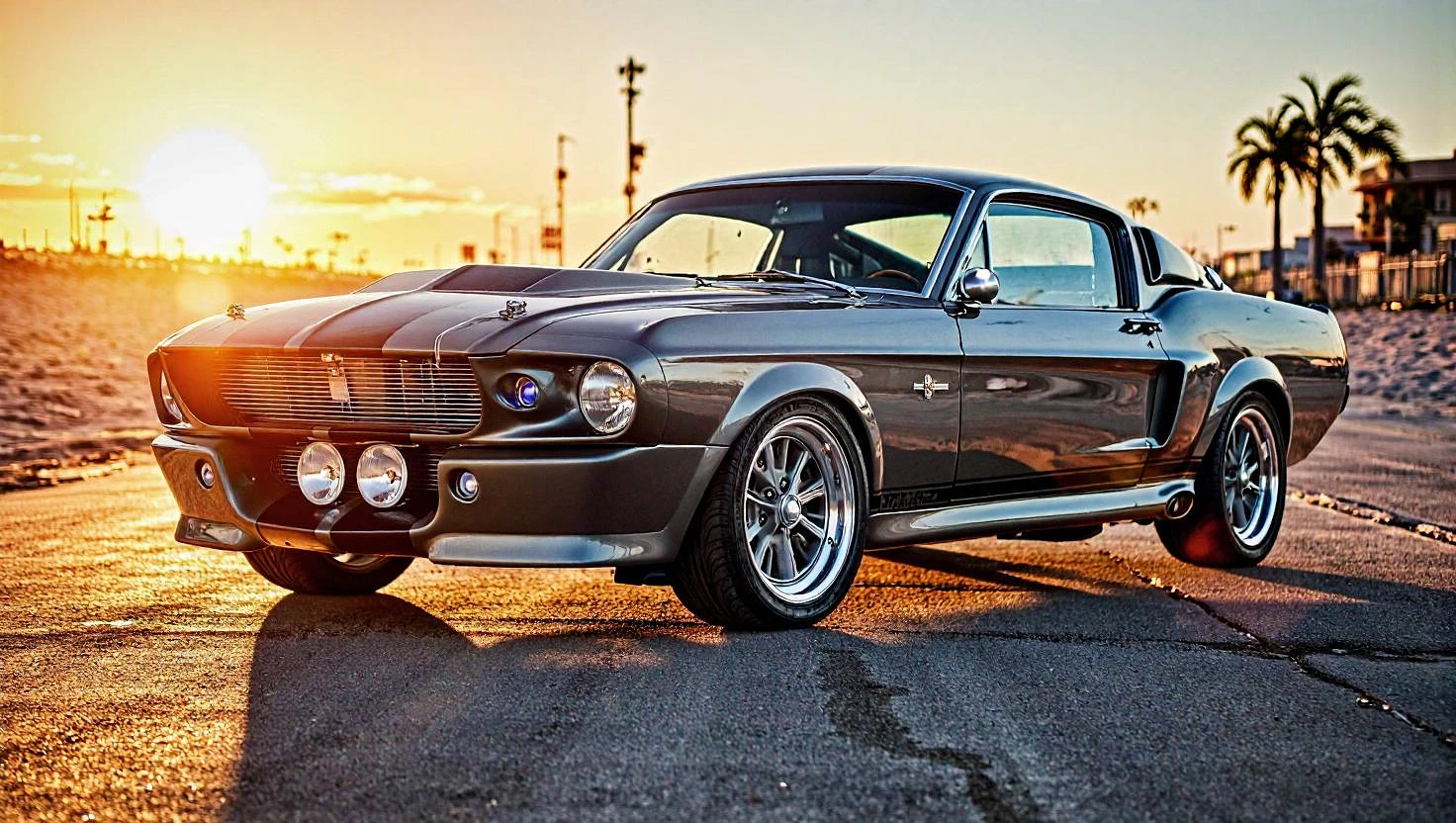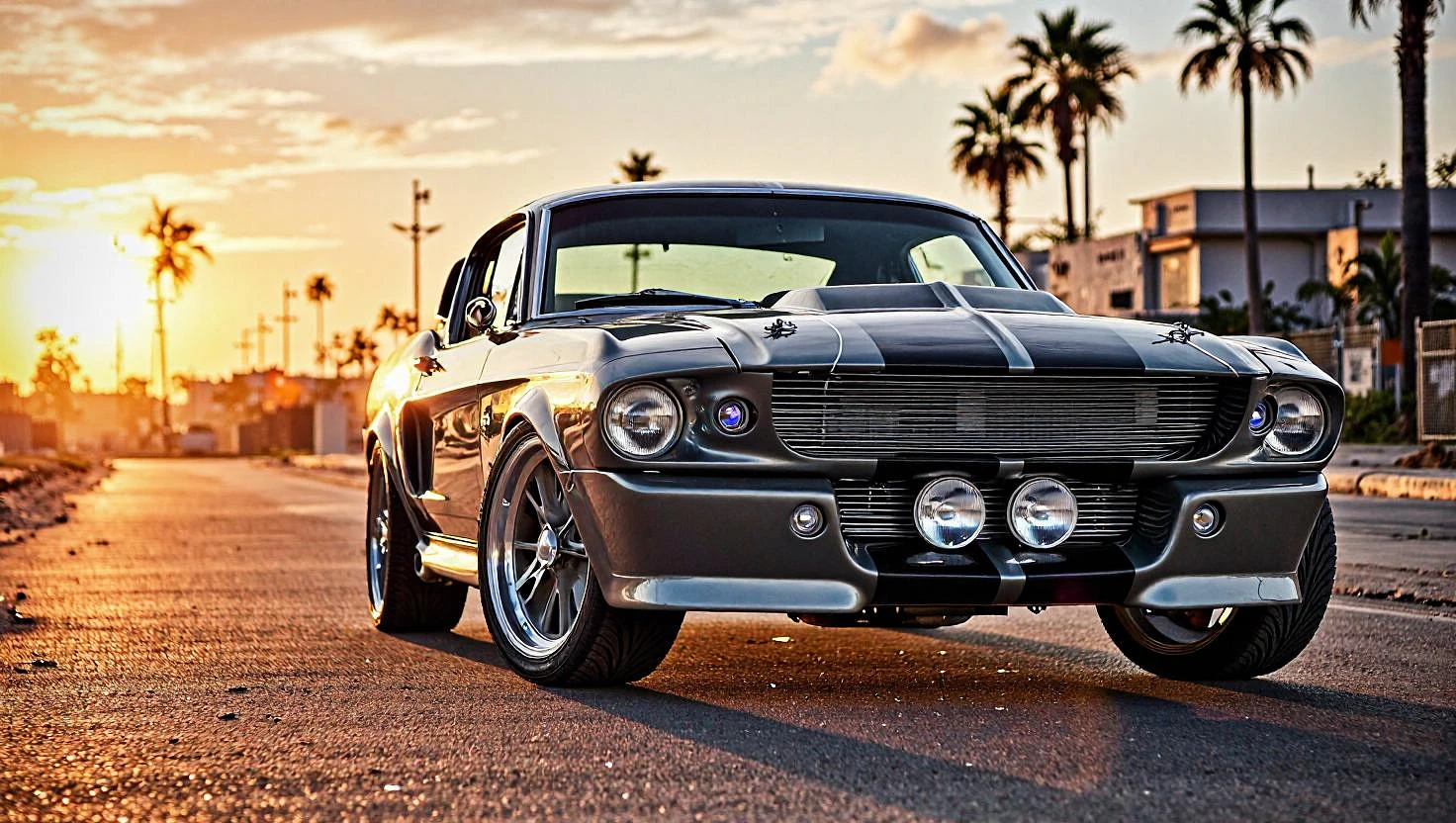Eleanor: The Story of the 2000 Gone in 60 Seconds Icon
In the landscape of movie cars, few have achieved the legendary status of "Eleanor," the star vehicle of the 2000 blockbuster remake of Gone in 60 Seconds. Depicted on screen as a rare 1967 Shelby GT500, this Pepper Gray Metallic Mustang became an instant icon, a symbol of ultimate automotive desire for a new generation of enthusiasts. However, the car that captivated millions was a masterful piece of cinematic fiction—not a genuine Shelby, but a custom-built machine that launched a global phenomenon, a multi-million-dollar market, and a decades-long legal war.
Anatomy of a Movie Star
The on-screen Eleanor was born from the vision of Hot Rod illustrator Steve Stanford, who sketched the initial concept, and was then brought to life by legendary designer Chip Foose. Foose sculpted the final form, creating the distinctive fiberglass body parts that would define the car's aggressive yet classic aesthetic. The physical construction was handled by Cinema Vehicle Services (CVS), which built a fleet of approximately eleven to thirteen cars for the production.
These vehicles were not identical; they were purpose-built for specific roles. "Hero cars," used for close-ups with the actors, were highly detailed and pristine. Others were designated as stunt cars, heavily reinforced with roll cages and upgraded suspension to handle the film's demanding action sequences, while some were simply shells destined for on-screen destruction.
The magic recipe for creating an Eleanor started with a standard 1967 Ford Mustang Fastback. The transformation included:
Bodywork: A custom fiberglass body kit featuring a prominent domed hood, a new front fascia with integrated driving lights, fender flares, side skirts with integrated (often non-functional) side-exit exhausts, and a molded rear spoiler.
Paint and Wheels: The signature Dupont Pepper Gray Metallic paint with black racing stripes, paired with 17-inch Halibrand-style wheels.
Powertrain: Most functional cars were equipped with a Ford 351 cubic inch (5.8L) V8 crate engine, producing around 400 horsepower. While many used automatic transmissions for stunt work, at least one hero car featured a 5-speed manual.
Chassis and Interior: The cars received modern coilover suspension and four-wheel disc brakes to handle the stunts. The interior was largely stock but featured the iconic Hurst shifter with a "Go Baby Go" button, a piece of pure Hollywood fiction.
From Screen to Street: A Global Phenomenon
The release of Gone in 60 Seconds ignited a firestorm of demand. The car became the poster child for the burgeoning "restomod" movement, and a worldwide replica industry was born almost overnight. High-end builders emerged, creating turnkey replicas with modern supercar performance, often with starting prices exceeding $250,000. These professionally built tributes command high prices at auction, frequently selling for between $200,000 and $400,000.
At the pinnacle of the market are the few surviving screen-used hero cars. Their direct connection to the film makes them invaluable collector's items, a fact cemented in 2013 when one of the primary hero cars sold at auction for an astonishing $1 million. Another screen-used example sold for $852,500 in 2020, solidifying the car's blue-chip status.
The Legal Battle and a New Beginning
For two decades, the Eleanor legacy was entangled in a bitter legal dispute. Denice Halicki, the widow of the original 1974 film's creator, claimed that Eleanor was a copyrightable "character" and aggressively pursued legal action against replica builders, auction houses, and even individual enthusiasts. This created a climate of fear and uncertainty in the car community.
The legal saga concluded in May 2025, when the U.S. Court of Appeals for the Ninth Circuit ruled that Eleanor was a prop, not a character, and therefore not subject to copyright protection. This landmark decision liberated the market, allowing enthusiasts to build and sell replicas without legal threat.
The ruling immediately paved the way for a new chapter. Timed with the film's 25th anniversary, the original builders, Cinema Vehicle Services, announced a limited run of 25 official continuation cars. These vehicles, built by many of the same hands that crafted the movie cars, offer unparalleled authenticity with modern performance upgrades, establishing a new top tier in the market with a starting price of $500,000. The 2000 Eleanor Mustang remains a powerful icon—a testament to cinematic design that transcended the screen to become a cultural and automotive phenomenon.
Popularity
Info
Latest version (v1.0 FLUX): 1 File
About this version: v1.0 FLUX
Initial release of the LoRA.
1 Version
Go ahead and upload yours!




